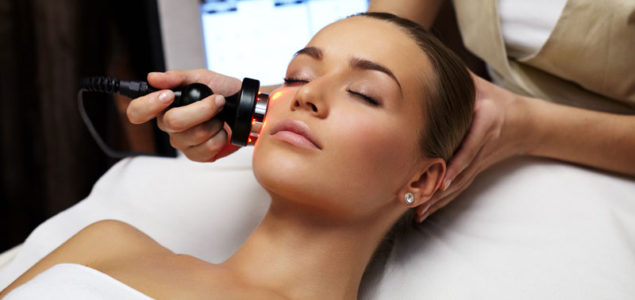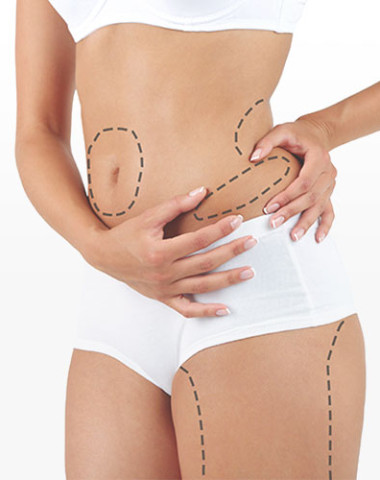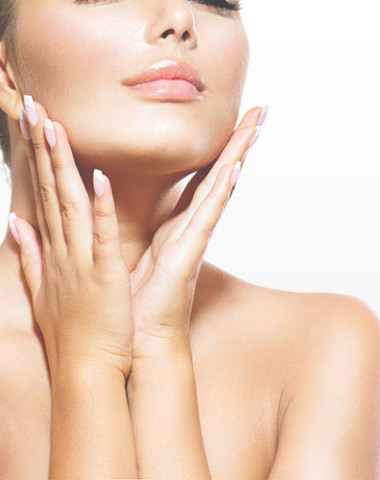Banish Dry Skin
Dry skin occurs when skin doesn’t retain sufficient moisture. This can happen as a result of frequent bathing, use of harsh soaps, aging, or certain medical conditions. And for those in colder climates, like Edmonton, it can stem from cold, dry winter air.
Dry skin is an uncomfortable condition marked by scaling, itching, and cracking. It can occur for a variety of reasons. You might have naturally dry skin. But even if your skin tends to be oily, you can develop dry skin from time to time.
Many older people suffer from dry skin, particularly on their lower legs, elbows, and forearms. The skin feels rough and scaly and often is accompanied by a distressing, intense itchiness.
Dry Skin Relief
Dry skin is a very common skin condition characterized by a lack of the appropriate amount of water in the most superficial layer of the skin, the epidermis.
While dry skin tends to affect males and females equally, older individuals are typically much more prone to dry skin.
The skin in elderly individuals tends to have diminished amounts of natural skin oils and lubricants. About 85% of older people develop winter itch because overheated indoor air is dry. Winter itch is a common name for the skin symptom of generalized itching in the winter. It is primarily caused by dry skin and is most common in the elderly.
Areas such as the arms, hands, and particularly lower legs tend to be more affected by dry skin. Dry skin can be itchy, and it may look flaky and bumpy or have red patches. Dehydrated skin lacks water and appears dull or rough.
What Causes Dry Skin?
There is no single cause of dry skin. Dry skin causes can are classified as either external and internal.
External factors include cold temperatures and low humidity with skin becoming more drier in winter months than in summer months, and drier in low humidity environments. For example, cold, dry air when heated by a furnace will produce dry skin by evaporating moisture on the skin.
Other external factors that cause dry skin include:
- over-washing with harsh soaps,
- overuse of sanitizers and lipid solvents (alcohol),
- cold temperature,
- low humidity.
Internal factors include overall health, age, genetics, family history, and a personal history of certain skin diseases such as eczema and psoriasis.
What Are The Signs & Symptoms Of Dry Skin?
The main symptom of dry skin is itching. People who have dry skin can often find rough, dry, red patches on their skin, and these patches are often itchy.
Typical skin areas affected include arms, hands, lower legs, abdomen, and areas of friction such as ankles and soles. As skin dryness becomes more severe, cracks and fissures may evolve.
Symptoms and signs of dry skin:
- Itching
- Rough dry skin
- Red plaques of eczematous skin (nummular eczema)
The itchy feeling may worsen the severity of dry skin.
What Can Be Done?
We have a variety of medical-grade SkinCeutical skin care products that will help rejuvenate dull, dry skin. These effective products have been specially formulated to strengthen the skins natural moisture barrier and keep it protected against environmental stressors.
We also recommend that you come in a full skin consultation. Rao Dermatology is a clinic that provides exceptional medical and aesthetic dermatological as well as surgical care of our patients. Our team is committed to working with you to develop a synergistic approach for enhancing your skin’s health.


 You don’t need to be “old” to have age spots. While these dark spots do tend to sprout up as you get older, if you spent lots of time in the sun, they can reveal themselves much earlier. Age spots can make you feel self-conscious, but thankfully, there’s much you can do to get rid of them.
You don’t need to be “old” to have age spots. While these dark spots do tend to sprout up as you get older, if you spent lots of time in the sun, they can reveal themselves much earlier. Age spots can make you feel self-conscious, but thankfully, there’s much you can do to get rid of them. The light penetrates the tissue and is absorbed by either the blood when treating vascular lesions or the melanin when treating pigmented lesions damaging them. The body’s natural processes then remove the injured tissue giving the skin a more even and youthful appearance.
The light penetrates the tissue and is absorbed by either the blood when treating vascular lesions or the melanin when treating pigmented lesions damaging them. The body’s natural processes then remove the injured tissue giving the skin a more even and youthful appearance.

